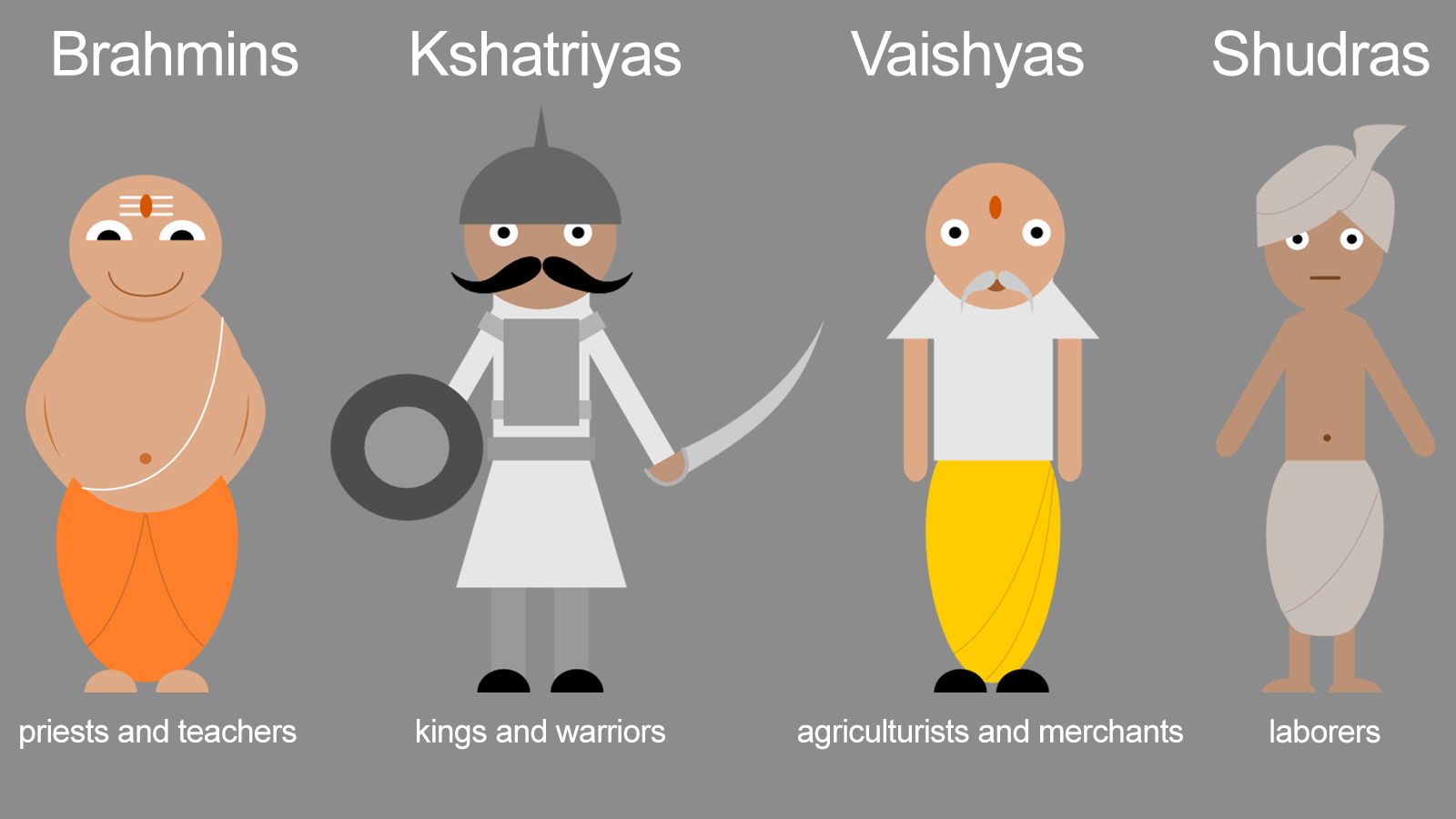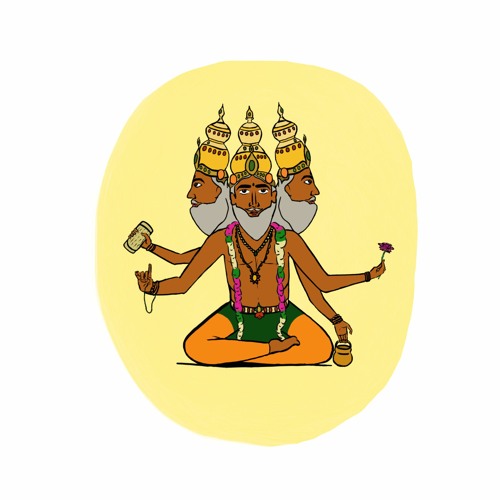

According to this, Karma determines birth into a class, which in turn defines one’s social and religious status, which in turn describes one’s duties and obligations to that specific status. But those who conduct here has been evil will quickly attain some evil birth – birth as a dog, birth as a pig, or birth as a chandala” (Chandogya Upanishad 5.10.7). “Those who’s conduct here has been good will quickly contain some good birth – birth as a Brahmin, birth as a kshatriya, or birth as a vaisya. Karma refers to action, each person’s birth is directly related to the past karma from the previous life of that individual, birth into the Brahmin Varna is a result of good karma. The justification of this “social stratification” is linked to the justification of Karma and Samsara. Later as the development of the caste system continued a fifth group was formed although not officially considered a Varna, the Chalandalas or “untouchables” had status so low that they did not belong to a caste at all.
Indian caste system manual#
The fourth and last of the Varnas are known as the Sudras who are laborers that supply the manual labor needed for the economic well-being of India. The third in the social hierarchy are the Vaishyas who are the farmers, merchants, and traders who really contribute to the economy of India. Their job was to “Protect, administer, and promote material welfare within the society” (Nigosian 136). The second Varna in the social hierarchy are the Kshatriyas who are the rulers and warriors of the society. “They devoted their time to studying, teaching, performing sacrifices, and officiating religious services” (Nigosian 136). The Brahmins held the most power in Hindu society, they were priests, otherwise known as the spiritual and intellectual leaders of the society. The Caste System represents a division of labor based on birth right justified by moral and religious concepts. You used to be able to determine someone’s trade or profession by their surname, but because of the modern education system, and lack of discrimination by the state, the Jati system is currently quickly deteriorating. A Jati is considered a community that has a particular profession.

Social order in Hindu society comes from Post- Vedic times, Jati system, or the sub-castes within each Varna, gives a sense of identity to each member of a specific Varna. The Varna system was originally created to give structure to Indian society based on each individual’s qualities, not based on one’s birth right which is what it has developed into.
Indian caste system skin#
(The Chalandalas or “untouchables” is not considered part of the Varna system) Varna literally translates to color, but the system has nothing to do with an individual’s skin color, but has everything to do with classifying individuals based on their characteristics and attributes.

The system of classification, Varna is a system that existed in the Vedic Society that divided the society into four classes Brahmins (priests), Kshatriyas (warriors), Vaishyas (skilled traders, merchants), and Shudras (unskilled workers).

Jati and Varna are two classifications that are very different, but both play a vital role in the life of a Hindu. Jati and Varna are classifications of the traditional Indian Society. A Nigosian in World Religions, the caste system, “Is its (India) system of social stratification”(Nigosian 136). It is not limited to ancient India, it is still prevalent today. The Caste system is the social hierarchy in India.


 0 kommentar(er)
0 kommentar(er)
